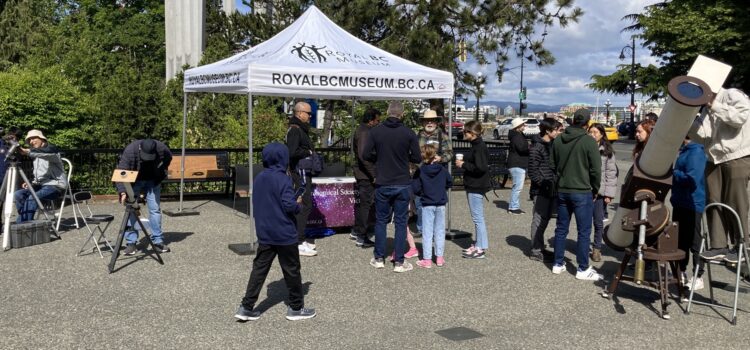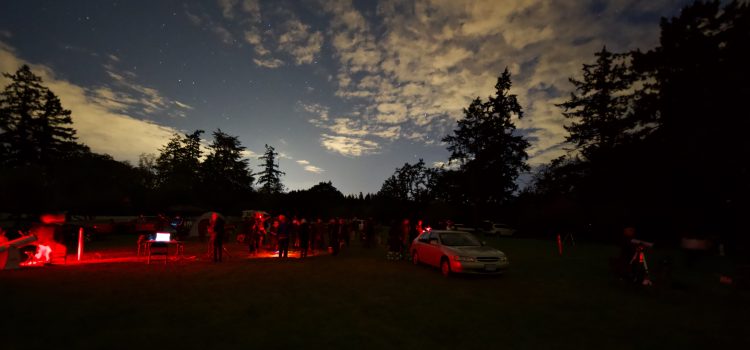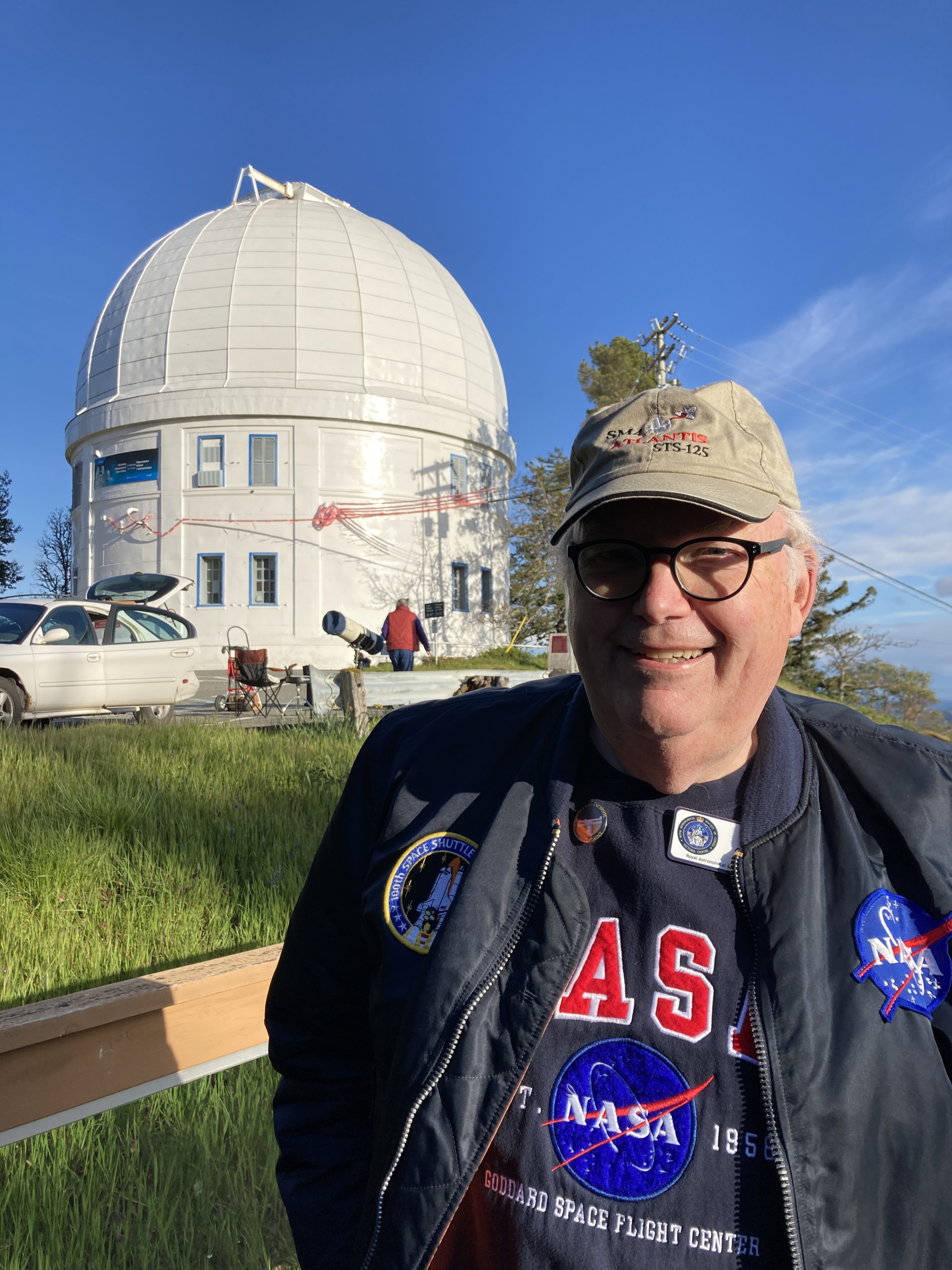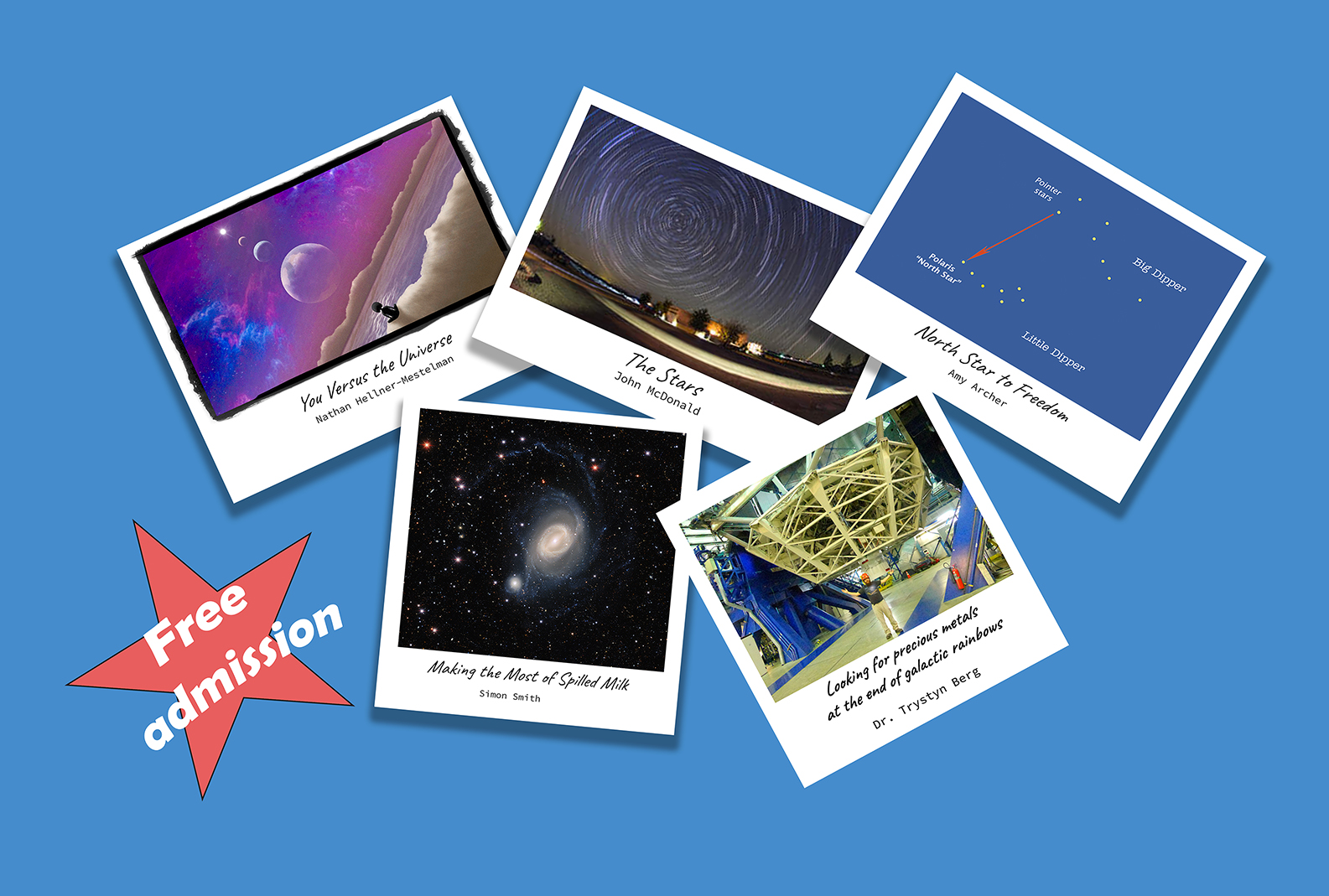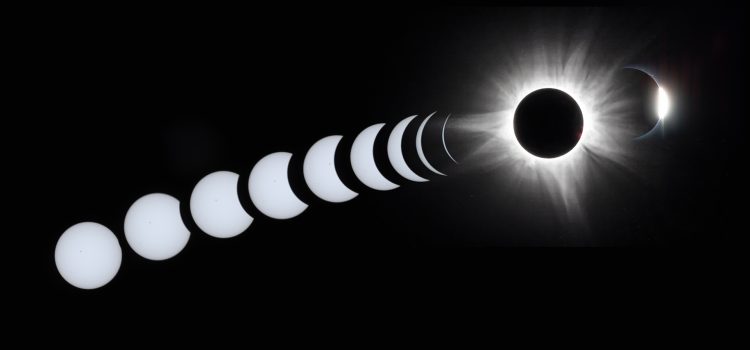Spring this year will always be remembered for the total solar eclipse of April 8 and the great auroral display of May 10-11. Even though those memorable events have been followed by June observing conditions best characterized as mixed, there
President’s Message – July 2024
